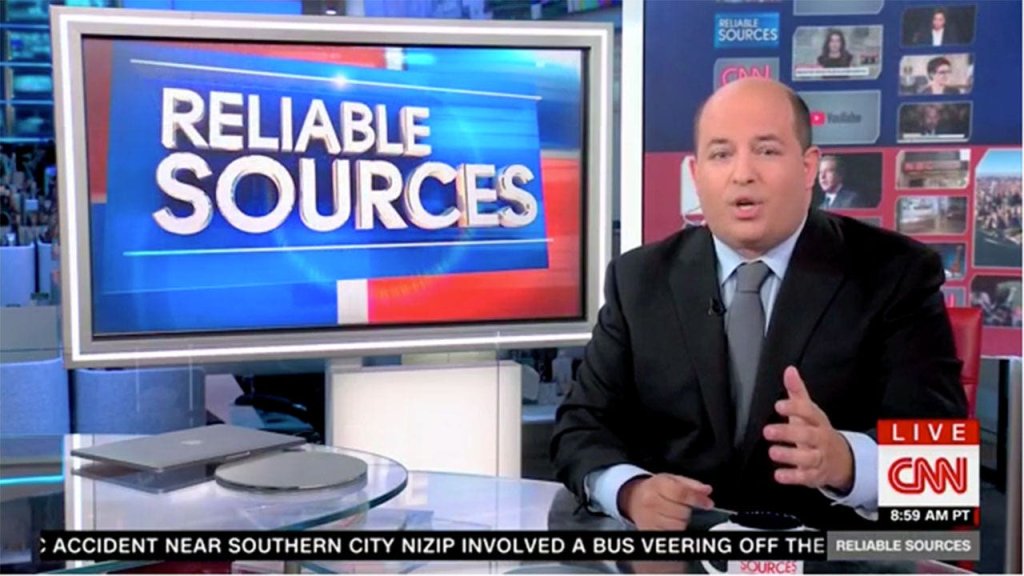

#Midterm polls registration
6 A federal judge intervened to stop this practice on November 2, 2018-four days before the election-citing the “differential treatment inflicted on a group of individuals who are predominantly minorities.” 7 However, those with pending registration statuses were still forced to prove eligibility, including U.S. 5 In Georgia, 53,000 voter registrants-70 percent of whom were black-were placed in “pending” status by the secretary of state because of minor misspellings or missing hyphens on their registration forms. 4 This requirement disproportionately disadvantaged college students, who number more than 90,000 in a state with a voting-age population of slightly more than one million. In New Hampshire, for example, strict voter registration laws that require those registering within 30 days of an election to prove they live in the ward or town where they are trying to vote were in place on Election Day this year. 3 Between figuring out where and when to register, as well as what materials-including proof of residency-are needed, the process of registering to vote can be confusing and overly burdensome. Census Bureau, in 2016, approximately 1 in 7 American citizens who were of voting age self-reported that they were not registered to vote. Despite efforts in some states to streamline the voter registration process and make it more convenient through pro-voter reforms such as automatic voter registration and Election Day registration, each election cycle, registering to vote remains a significant barrier for many Americans. Voter registration problemsĮvery state-with the exception of North Dakota-and the District of Columbia require eligible Americans to register to vote prior to casting a ballot. The problems that Americans experienced at the polls this year were nothing new, but given the significance of the 2018 elections, they took on new meaning and should be received with a renewed sense of urgency. These reforms should include the repeal of harmful voter suppression measures that discriminate against and exclude certain groups from the voting process.ĭuring the November midterms, eligible Americans across the country were hindered by laws and circumstances that made it harder to vote-or outright prevented them from voting. It is the duty of newly elected lawmakers at the local, state, and federal levels to enact affirmative policies that expand the franchise and make voting more convenient for all eligible Americans. Greater participation among voting-eligible Americans results in representative bodies that better reflect the composition and interests of the broader electorate. This report also offers recommendations for combating voter suppression and making voting more convenient for all eligible Americans.įor a country that prides itself on its elections, the United States has a long way to go to ensure that all eligible Americans have the opportunity to make their voices heard and contribute to the democratic process. Disenfranchisement of justice-involved individuals.Strict voter ID and ballot requirements.This report describes some of the voter suppression measures and other Election Day problems that potentially kept millions of eligible Americans from participating in the 2018 midterm elections. Yet when voter suppression occurs, election results may be less reflective of constituents’ actual will. When voters cast a ballot, they expect their votes to matter in choosing representatives who are responsive to, reflective of, and accountable to the communities they represent. Policies and practices that limit participation by even a few thousand votes can mean the difference between victory and defeat in competitive elections. This year-perhaps uncoincidentally-severe voter suppression occurred in states with highly competitive political races, including Georgia, Texas, Florida, and North Dakota.

Regardless of its form or intent, however, voter suppression is relentlessly effective in preventing voting-eligible Americans from contributing to the electoral process. And while some voter suppression measures actively seek to discriminate against certain groups, others result from innocent administrative errors and glitches. Voter suppression measures can differ by state and even by individual county. Each election cycle, untold numbers of eligible Americans are prevented from voting due to barriers in the voter registration process, restrictions on casting ballots, and discriminatory and partisan-rigged district maps. Widespread voter suppression-particularly against historically marginalized groups-is a reoccurring problem in the United States.


 0 kommentar(er)
0 kommentar(er)
